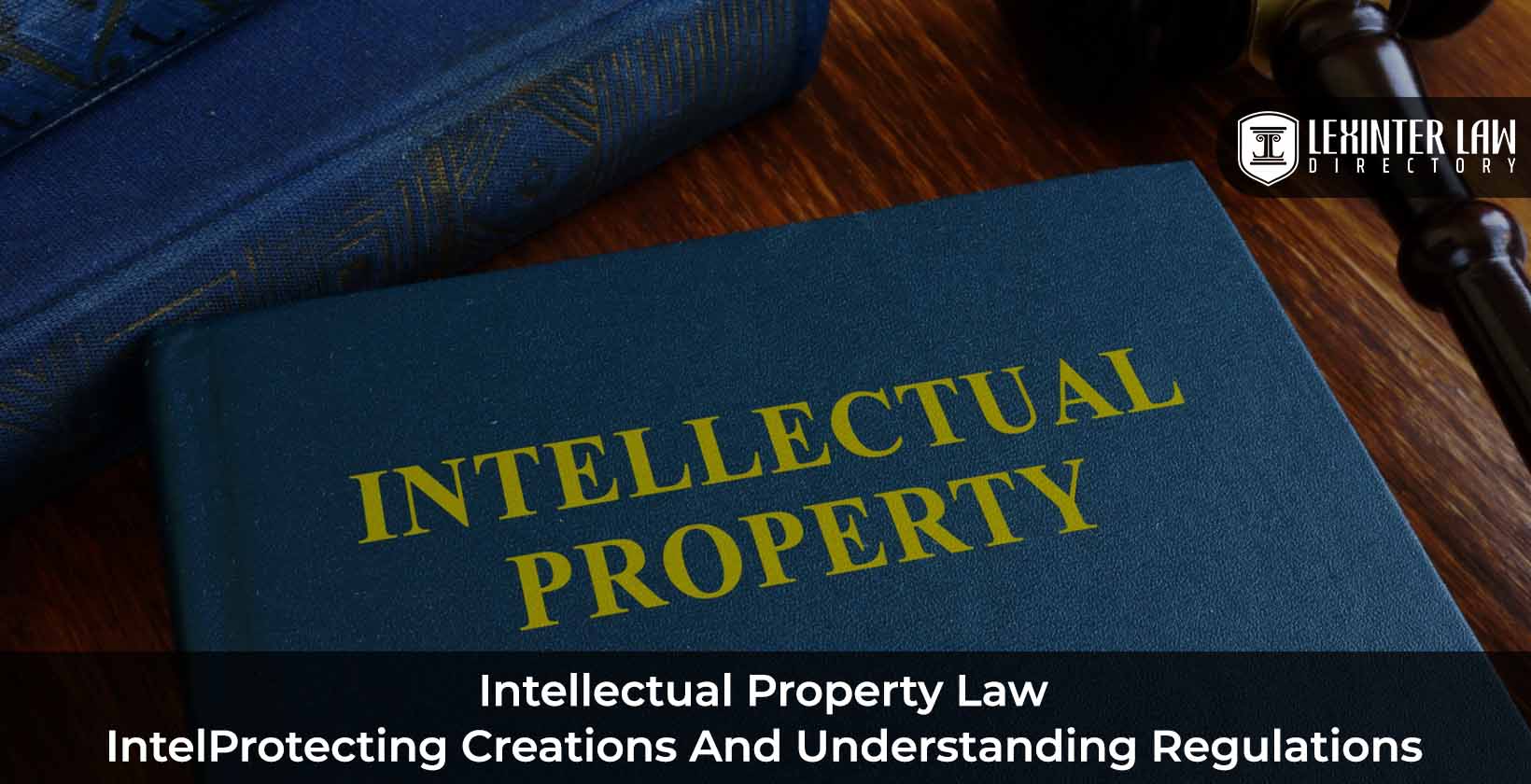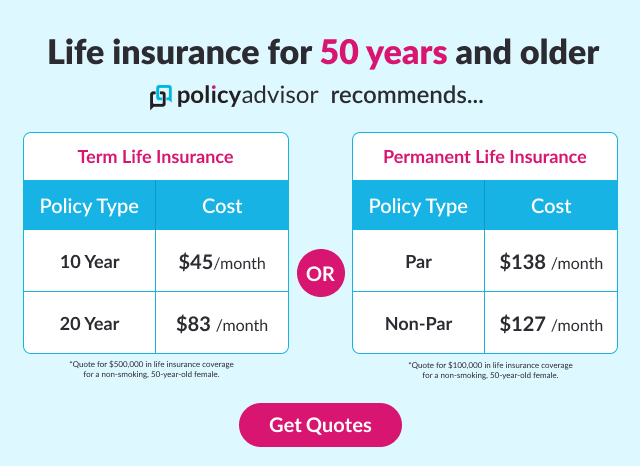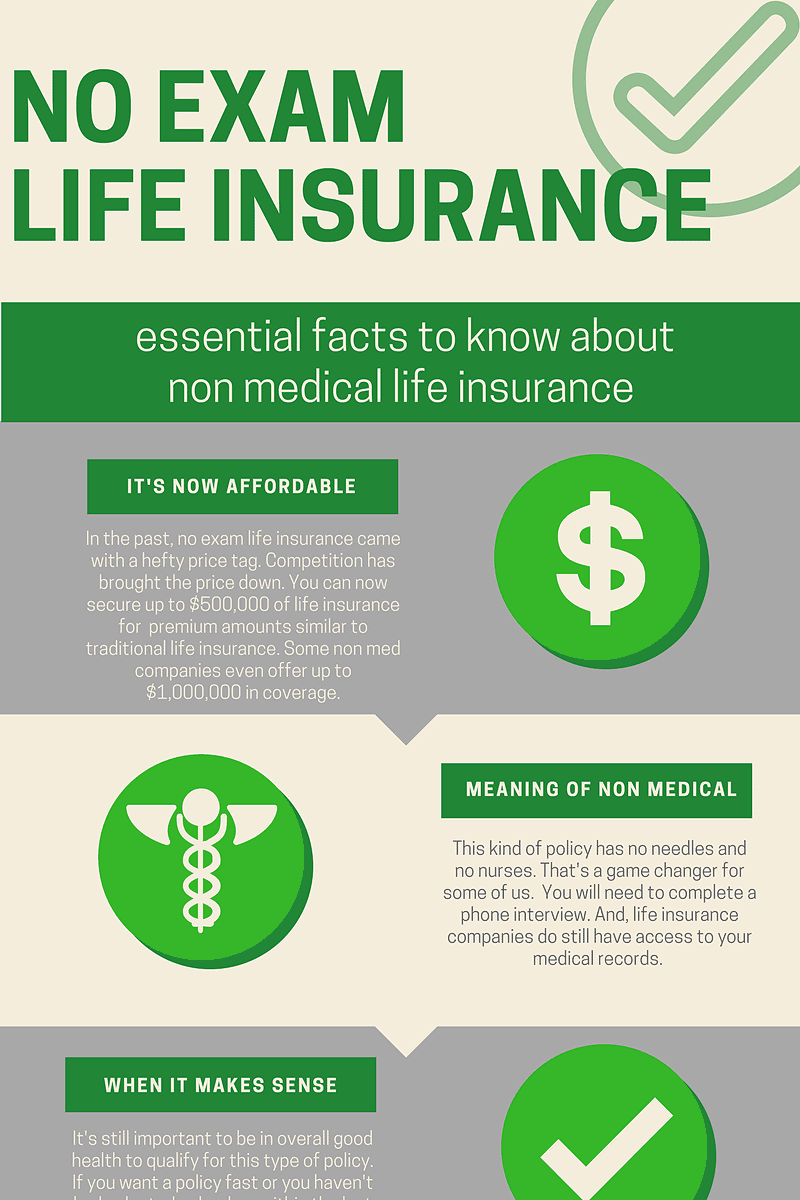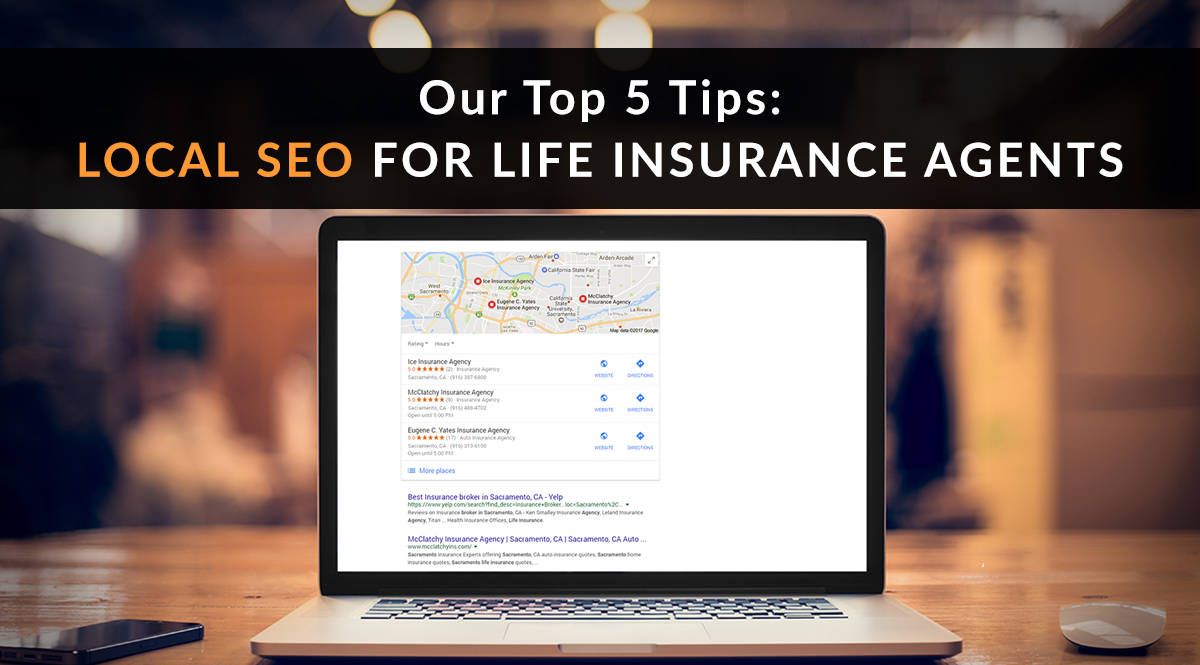Car Accident Not Your Fault: Who Pays?
Getting into a car accident is never fun, and it’s even worse when it’s not your fault. You’re probably feeling a mix of emotions, including anger, frustration, and pain. Aside from getting medical attention for your injuries, you’re likely wondering who’s going to pay for the damages. The good news is that you’re entitled to compensation for your injuries and damages, and the at-fault party or their insurance company will be responsible for paying up.
Who is Responsible for Paying in a Car Accident That’s Not Your Fault?
1. **The at-fault driver**
In most cases, the person who is at fault for the accident is responsible for paying for the damages. This includes your medical expenses, lost wages, and property damage. If the person was uninsured or underinsured, you may need to file a claim with your insurance company.
2. **The at-fault driver’s insurance company**
If the other driver was at fault and they have insurance, you can file a claim with the insurance company. The insurance company will investigate the accident and determine who is at fault. If they find that the other driver was at fault, they will pay for your damages up to the limits of the policy.
3. **Your insurance company**
If the at-fault driver is uninsured or underinsured, you may need to file a claim with your insurance company. Your insurance company will pay for your damages up to the limits of your policy. You may have to pay a deductible, which is a set amount that you have to pay before your insurance coverage kicks in.
Car Accident Not Your Fault: Who Pays the Bill?
When you’re involved in a car accident that wasn’t your fault, the question of who pays for the damages can be a bit thorny. The good news is that you may be entitled to compensation if you can prove the other driver was at fault. However, it’s important to act quickly and gather all necessary evidence to support your claim.
Steps to Take After a Car Accident
- Pull Over and Stay Calm: After a car accident, it’s crucial to pull over to the side of the road if possible. Stay calm and collect your thoughts. Avoid admitting fault, even if you believe the other driver is to blame.
- Gather Evidence and Document the Accident: Collect as much information as possible at the scene of the accident. Take photos of the damage to both vehicles, the surrounding area, and any visible injuries. Exchange insurance information with the other driver and get their contact details. It’s also helpful to write down the names and contact information of any witnesses.
- Contact Your Insurance Company Promptly: Report the accident to your insurance company as soon as possible. Provide them with a detailed account of what happened and any evidence you have gathered. Your insurance company will assign you a claims adjuster who will guide you through the process.
Car Accident Not Your Fault: Who Pays?
Getting into a car accident is never fun, but it’s even worse when it’s not your fault. If you’re in this situation, you’re probably wondering who’s going to pay for the damages. The answer to that question depends on a few factors, including your insurance policy and the laws in your state.
Understanding Insurance Policies
One of the most important factors in determining who pays for a car accident is your insurance policy. Your policy will determine the coverage limits and who is financially responsible. Most policies include liability coverage, which pays for damages to the other driver’s car and injuries. However, some policies also include collision coverage, which pays for damages to your own car. If you have collision coverage, you may be able to file a claim with your own insurance company, even if the accident wasn’t your fault.
Who Pays for Damages?
In most cases, the driver who is at fault for the accident is responsible for paying for the damages. This means that their insurance company will pay for the repairs to the other driver’s car and any medical expenses. However, there are some exceptions to this rule. For example, if you were partially at fault for the accident, you may only be responsible for paying a portion of the damages.
What if the Other Driver Doesn’t Have Insurance?
If the other driver doesn’t have insurance, you may be able to file a claim with your own insurance company. However, you may have to pay a deductible, which is a set amount of money that you have to pay before your insurance coverage kicks in. If you don’t have collision coverage, you may be responsible for paying for the damages to your own car out of pocket.
What Should You Do After an Accident?
If you’re in a car accident, it’s important to stay calm and take the following steps:
- Pull over to the side of the road.
- Check for injuries and call 911 if necessary.
- Exchange insurance information with the other driver.
- Take pictures of the damage to both cars.
- Get a copy of the police report.
- Contact your insurance company to file a claim.
By following these steps, you can help to ensure that you get the compensation you deserve for your car accident.
Car Accident Not Your Fault: Who Pays?
If you find yourself in the unfortunate situation of being involved in a car accident that wasn’t your fault, understanding who is responsible for the damages can be crucial. Here’s a step-by-step guide to help you navigate the process:
Determining Liability
In most cases, the at-fault driver is responsible for covering the damages caused in a car accident. Determining fault can be based on factors such as:
- Traffic violations committed by the driver
- Witness statements
- Police reports
- Accident reconstruction
Filing a Claim
Once liability has been established, you can proceed to file a claim with the at-fault driver’s insurance company. This involves submitting necessary documentation, including:
- A completed accident report
- Photographs of the damage
- Medical records, if applicable
- Estimates for repairs or replacement
Negotiating a Settlement
After submitting your claim, the insurance company will typically investigate the incident and determine the value of your damages. You can then negotiate a settlement with them, which should cover:
- Repair or replacement costs
- Medical expenses
- Lost wages (if applicable)
- Pain and suffering
Dealing with Your Insurance Company
Even if you weren’t at fault, it’s advisable to notify your insurance company about the accident. They can help coordinate with the at-fault driver’s insurance to ensure you receive fair compensation.
Additional Considerations
- Statutes of limitations: There are specific time limits for filing a claim after a car accident. These vary from state to state, so it’s essential to act promptly.
- Comparative negligence: In some jurisdictions, you may be entitled to compensation even if you share partial fault for the accident. The amount of compensation will be reduced proportionally to your degree of fault.
- Legal representation: If the insurance company disputes your claim or fails to offer a reasonable settlement, you can consider seeking legal advice. An attorney can help protect your rights and maximize your recovery.
Car Accident Not Your Fault: Who Pays?
If you’re involved in a car accident that’s not your fault, you’re probably wondering who’s going to pay for the damages. The answer to that question depends on a number of factors, including the laws of the state where the accident occurred, the insurance coverage of the drivers involved, and the specific circumstances of the crash.
In general, the driver who caused the accident is responsible for paying for the damages. This means that if you were hit by a car driven by someone who was speeding or running a red light, you can file a claim with their insurance company to recover your damages.
However, there are some cases in which you may be able to recover damages even if you were not at fault for the accident. For example, if you were hit by a car that was uninsured or underinsured, you may be able to file a claim with your own insurance company under your uninsured or underinsured motorist coverage.
Negotiating a Settlement
Once you’ve filed a claim with the insurance company, you’ll need to negotiate a settlement that covers all of your expenses. This can be a complex and time-consuming process, but it’s important to remember that you have the right to fair compensation for your injuries and damages.
When negotiating a settlement, it’s important to be prepared. You should gather all of your documentation, including medical records, bills, and estimates for repairs. You should also be prepared to discuss the impact the accident has had on your life, including lost wages, pain and suffering, and emotional distress.
Once you’ve gathered all of your information, you can start negotiating with the insurance company. It’s important to be reasonable in your demands, but you should also be firm in your resolve to get fair compensation for your injuries and damages.
If you’re unable to reach a settlement with the insurance company, you may need to file a lawsuit. This is a more formal process, but it may be necessary to get the compensation you deserve.
If you’ve been involved in a car accident that wasn’t your fault, it’s important to know your rights. You have the right to fair compensation for your injuries and damages. By following these tips, you can increase your chances of getting the compensation you deserve.
Car Accident Not Your Fault: Who Pays?
If you’re involved in a car accident that wasn’t your fault, you may be wondering who’s responsible for paying for the damages. The answer to this question can be complex, depending on the specific circumstances of the accident. But, generally speaking, in most states, the person who caused the accident is liable for the damages. This is known as the “fault” system.
No-Fault States
However, there are 12 states that follow a “no-fault” system for car accidents. In these states, each driver’s own insurance company is responsible for paying for their damages, regardless of who caused the accident. The no-fault states are:
- Florida
- Hawaii
- Kansas
- Kentucky
- Massachusetts
- Michigan
- Minnesota
- New Jersey
- New York
- North Dakota
- Pennsylvania
- Utah
Fault States
In the 38 fault states, the person who caused the accident is liable for the damages. This means that the at-fault driver’s insurance company will be responsible for paying for the damages to your vehicle, medical expenses, lost wages, and other costs.
In some cases, you may be able to file a claim with your own insurance company and then seek reimbursement from the at-fault driver’s insurance company. However, this is not always possible, and it’s important to check with your insurance company to see if this is an option.
If you were in a car accident and you’re not sure who is at fault, you can contact your insurance company and they will investigate the accident and determine who is liable for the damages.
Legal Options
If the insurance company denies or underpays your claim, you may want to consider legal action. An attorney can help you understand your rights and options, and can represent you in court.
Comparative Negligence
In some states, the doctrine of comparative negligence applies to car accident cases. This means that even if you are partially at fault for the accident, you may still be able to recover damages from the at-fault driver. However, the amount of damages you can recover will be reduced by your percentage of fault.
Statute of Limitations
There is a statute of limitations for filing a car accident lawsuit. This means that you have a limited amount of time to file a lawsuit after the accident. The statute of limitations varies from state to state, so it’s important to contact an attorney as soon as possible if you’re considering filing a lawsuit.
Suing the Government
If the accident was caused by a government employee, such as a police officer or a postal worker, you may be able to sue the government. However, there are special rules and procedures that apply to lawsuits against the government, so it’s important to contact an attorney if you’re considering this option.




Leave a Reply